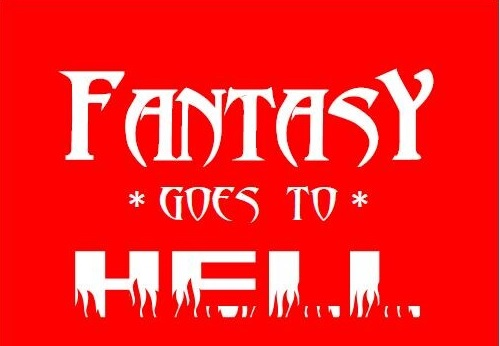Loading...
Event Website
https://www.mythsoc.org/oms/oms-2023.htm
Start Date
8-6-2023 12:00 PM
End Date
8-6-2023 12:50 PM
Description
Representations of hell used to have an educational purpose, they conveyed edifying messages: be good or you will suffer for all eternity. Since the rise of psychology, the representations of Hell have evolved, losing their religious content yet, paradoxically, enduring. If they lost their religious purpose, they kept an ancient mythological architecture. Garth Nix’s Old Kingdom series’ depiction of Hell is at the same time Greek, with the river running as an entry point to the realm of the dead, adding a Bachelardian influence to the picture with the omnipresence of water. Besides, travelling through hell is a journey through successive gates, a more Dantesque element. The series by extension, also transform the long demoniac figure of the necromancer into a benevolent keeper of the peace between the living and the dead through the Abhorsen bloodline. The vision of the land of the dead thus mixes pagan, Christian and post-modern elements. Those images retain an educative quality, the stakes however, have shifted from a collective fate of a community of believers to single readers in quest of meaning. Hell is no longer a place of fiery torment for sinners but a journey back to the primordial chaos and an escape from one’s own demons. In fantasy, artists have rekindled the old debate of the nature of souls and their destiny under new guises. This shift, indeed still asks the question of salvation: is it a divine intervention or is it in the hands of each individual?
Creative Commons License

This work is licensed under a Creative Commons Attribution-NonCommercial-No Derivative Works 4.0 International License.
Included in
Children's and Young Adult Literature Commons, Comparative Literature Commons, Digital Humanities Commons, European Languages and Societies Commons, Literature in English, Anglophone outside British Isles and North America Commons, Literature in English, British Isles Commons, Literature in English, North America, Ethnic and Cultural Minority Commons, Medieval Studies Commons, Modern Languages Commons, Modern Literature Commons, Other English Language and Literature Commons
From Fiery Pit of Divine Fire to the Watery Caves of Primordial Chaos: The Realm of the Dead, A New Hell Of A Place
Representations of hell used to have an educational purpose, they conveyed edifying messages: be good or you will suffer for all eternity. Since the rise of psychology, the representations of Hell have evolved, losing their religious content yet, paradoxically, enduring. If they lost their religious purpose, they kept an ancient mythological architecture. Garth Nix’s Old Kingdom series’ depiction of Hell is at the same time Greek, with the river running as an entry point to the realm of the dead, adding a Bachelardian influence to the picture with the omnipresence of water. Besides, travelling through hell is a journey through successive gates, a more Dantesque element. The series by extension, also transform the long demoniac figure of the necromancer into a benevolent keeper of the peace between the living and the dead through the Abhorsen bloodline. The vision of the land of the dead thus mixes pagan, Christian and post-modern elements. Those images retain an educative quality, the stakes however, have shifted from a collective fate of a community of believers to single readers in quest of meaning. Hell is no longer a place of fiery torment for sinners but a journey back to the primordial chaos and an escape from one’s own demons. In fantasy, artists have rekindled the old debate of the nature of souls and their destiny under new guises. This shift, indeed still asks the question of salvation: is it a divine intervention or is it in the hands of each individual?



Comments
SESSION II
12:00 Noon—12:50 PM Eastern
11:00 AM—11:50 Central
10:00 AM—10:50 Mountain
9:00 AM—9:50 Pacific
4:00 PM—4:50 GMT